The thought of baking a cake from scratch can be daunting. We’ve all had those moments of inspiration when we decide to make a cake — picking the recipe, buying all the ingredients to then watch it slowly sink, blow up or not even rise in the oven. Sure, this can be disheartening, and while baking can be technical, it’s also meant to be fun!
I learned how to bake at the age of three, starting out with the basic shortbread biscuit, to graduating to the more technical Barbie Cookbook and eventually completing stages in the pastry kitchens of some of Ireland’s best-known hotels. Trust me, I have made many a mistake in my time, so I’ve put together some of the more common mishaps that can befall your cake so that whether you’re an expert baker or still thumbing through the pages of your own Barbie Cookbook, you can make sure your next bake is a success.
“My cake mixture looks like scrambled eggs!”
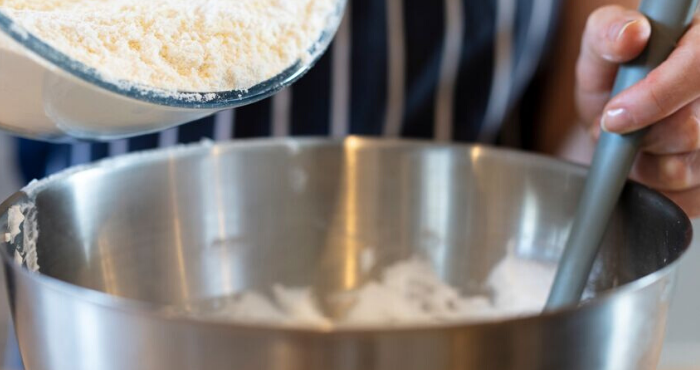
During the creaming method (beating the butter and sugar together) it is important that your ingredients are at room temperature. The butter needs to be soft when mixing it with the sugar to achieve a light and fluffy texture.
After this stage you can stream in the eggs. If the eggs are cold, it can cause the butter to harden. This can then cause the mixture to curdle, which looks like scrambled eggs.
What to do?
Warm the mixture slightly, then whisk it back to a smooth consistency.
If you add your eggs too quickly to the creamed mixture, it can also split. It’s similar to making a mayonnaise in that it’s important to slowly add the eggs as you are adding air to the mixture. However, there’s no need to throw the mixture away if it splits. Often, adding an extra egg or a spoonful of warm water can salvage the mix. Another trick is to add a tablespoon of flour to the mixture; it may not be as light in texture but it will taste the same.
“My cake sank!”
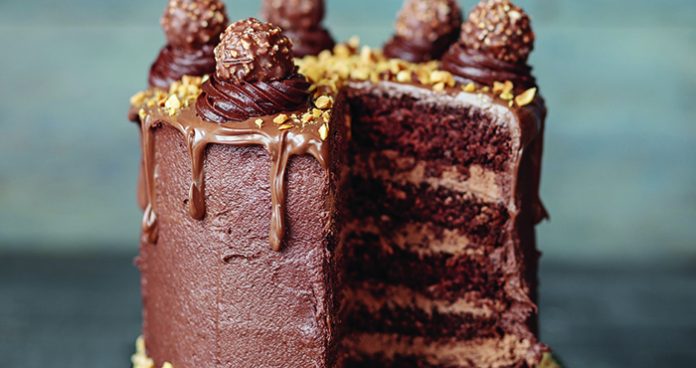
(Chocolate hazelnut drip cake)
A sunken cake is a very common problem, and, sometimes it can be down to a simple mistake at the end of the cooking process. When checking your sponge in the oven, it’s essential to open the door slowly. The cake has not yet set so, if the door is whisked open, the cake can sink.
Deciding to add a ‘little extra for luck’ can also cause a cake to sink. The use of too much raising agent can cause the cake to rise too quickly, and not allowing it to set in time.
Too much liquid is also a common problem. It makes the mixture too soft and causes it to drop.
What to do?
If this happens, hollow out the centre and add a fruit filling or compote.
Icing can also work wonders! Lather it on and no one will notice.
Using a serrated knife to level out the cake can completely remove the dip. If you do wish to remake your sponge, you can also cut up the sunken cake and freeze it for a perfect trifle addition.
“Stuck to you like glue”
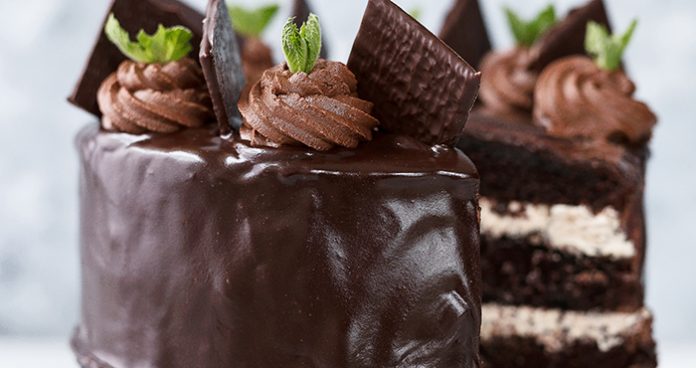
This is all down to the lining of the tin. Parchment or grease proof paper is essential for lining the base and sides of the tin.
If you are not comfortable with lining the sides of the tin, use this tip: I like to use oil or butter to grease the sides of the tin and then add a small bit of flour. Rotate the tin until the flour has stuck to the greased sides and then tap out the excess. Adding oil or butter to the sides will ultimately fry the sides of the cake making them brown and crispy. The addition of the flour acts as a barrier between the sponge and the tin.
What to do?
If your cake does stick, allow it to cool in the tin for about a half an hour. Run a knife around the edges, place a plate or cooling rack on top of the tin and then flip. The cake should come free.
“We do not have lift off…”

It may seem silly, but we have all done it — did you remember the raising agent? It is so easy to miss an ingredient. The raising agent is of course what gives your sponge lift. Whether you use self raising flour, bread soda or baking powder, if the recipe calls for it, you’ll need it.
We can use such small amounts of raising agent at a time that they are often forgotten about in the cupboard and go out of date. They can lose their strength if they are out of date so make sure you always check.
What to do?
If the cake has not risen, it may still be undercooked and just need a few more minutes. Using a skewer or a knife, insert it into the sponge; if it comes out clean, the cake is cooked. However, if the cake still has not risen, it may be the size of the tin. If the recipe is for a certain size, using a larger tin will mean the mixture is spread out too thinly and you will not get as much height.
“Bone dry”

(Raspberry and lemon battenberg)
No one wants a dry sponge! Recipes can often call for a particular size of eggs and size does matter in the context of cake. If you only have small eggs when the recipe requires large, you should add an extra egg. The lack of liquid and eggs can result in a dry sponge.
What to do?
Try remedying a dry cake with a homemade simple syrup. Dissolve equal parts sugar and water over a gentle heat. To avoid drowning the cake, dab some of the syrup on using a pastry brush to just moisten the top of the cake. You can also substitute some of the water with the juice of lemons, limes or oranges.
The lesson here? There are many things that can go wrong with cakes, but you can always save it with a little love… and a lot of icing!
- summer events
- small business
- gut health
- OATLY
- healthy
- Crudo
- top tips
- All Together Now
- fridge cake
- Events Waterford
- me auld flower
- Events Ireland
- food festival
- news
- dublin
- events Dublin
- dublin festival
- Home-Cooking
- food and drink festival
- online cooking course
- festival line-up
- cooking
- Summer festival
- eco-friendly
- Events
- cosy
- Festivals Ireland
- wine
- Body & Soul
- grapes
- music festival
- south africa
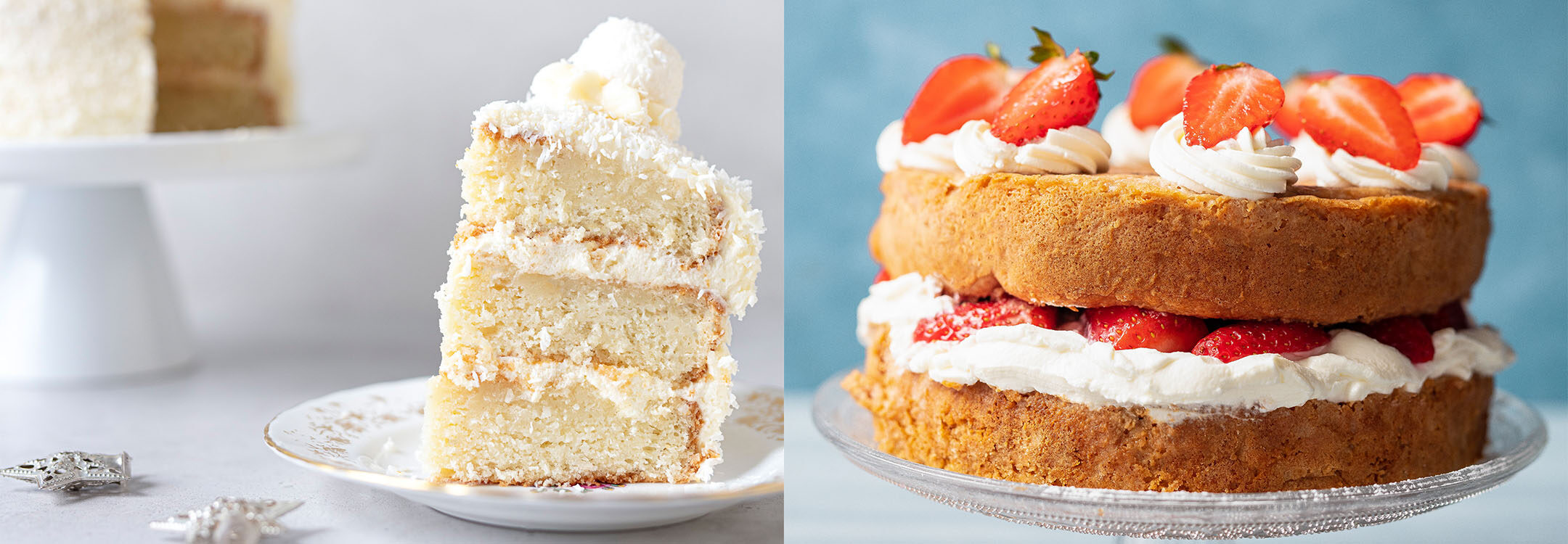
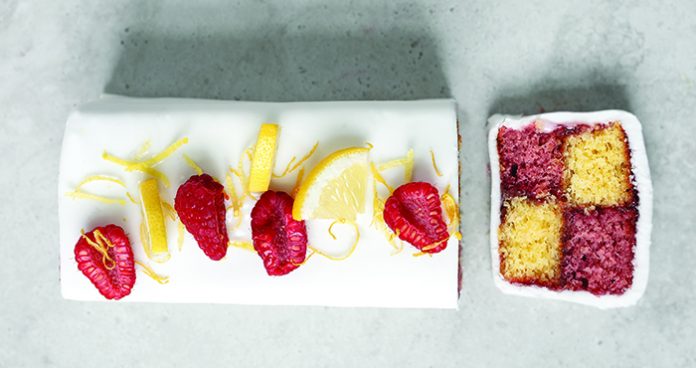

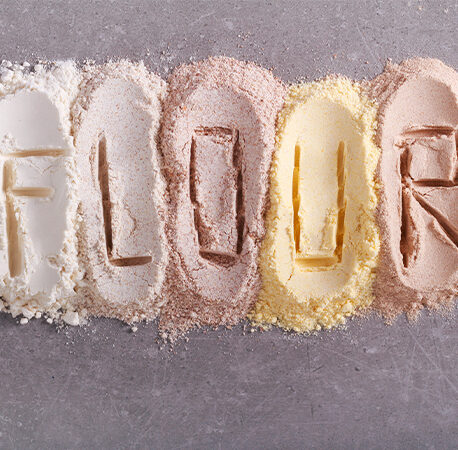

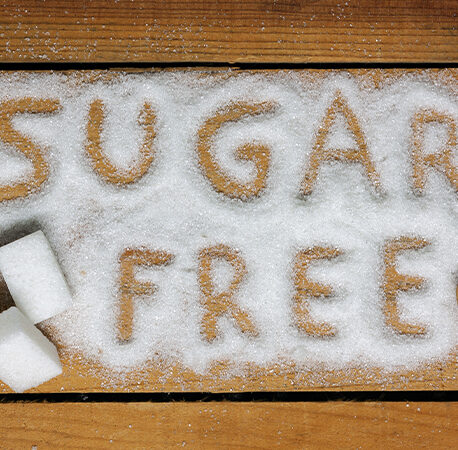
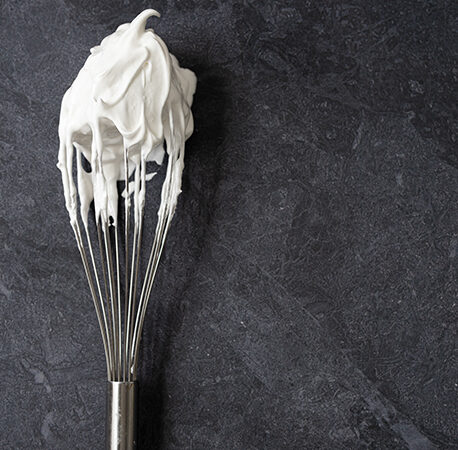
You have to be signed in to comment this post.